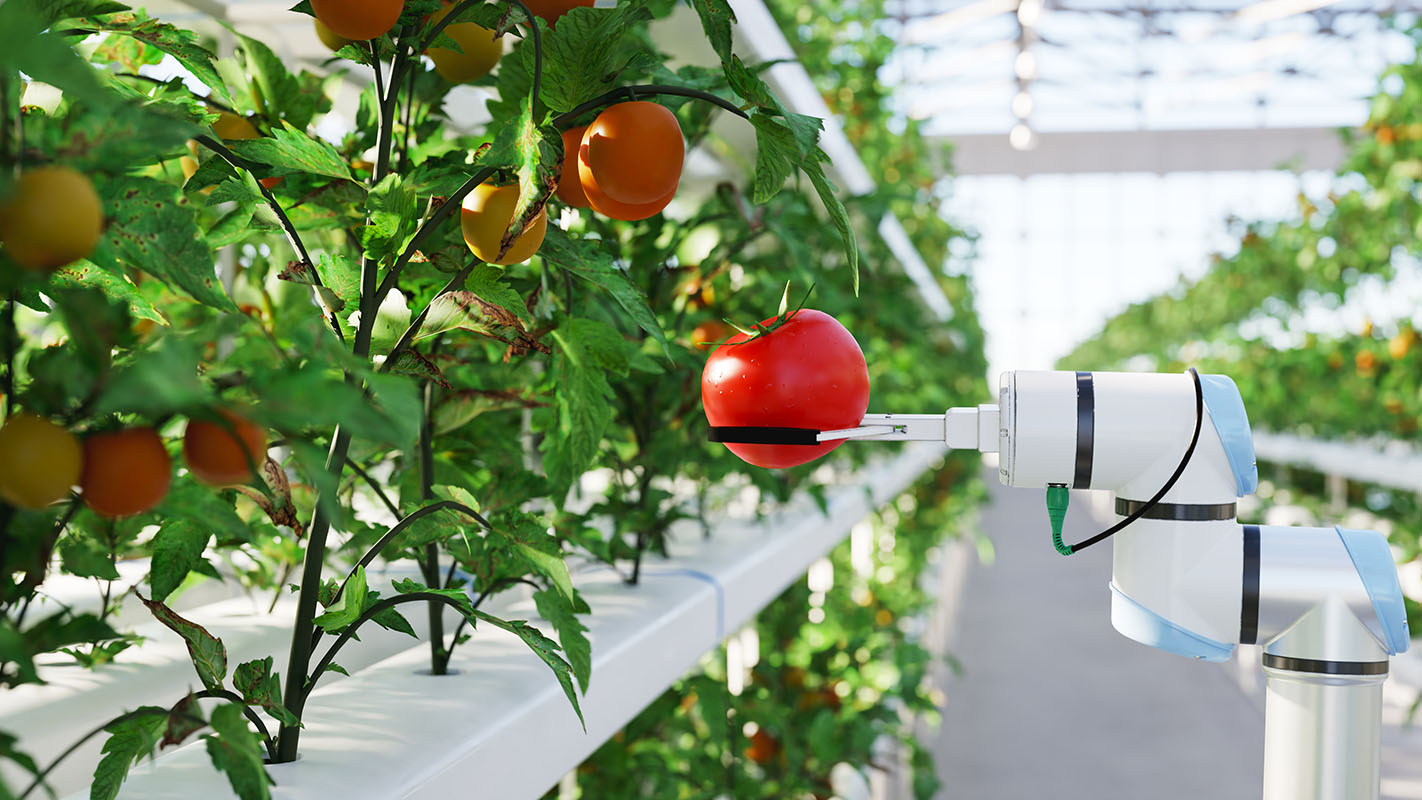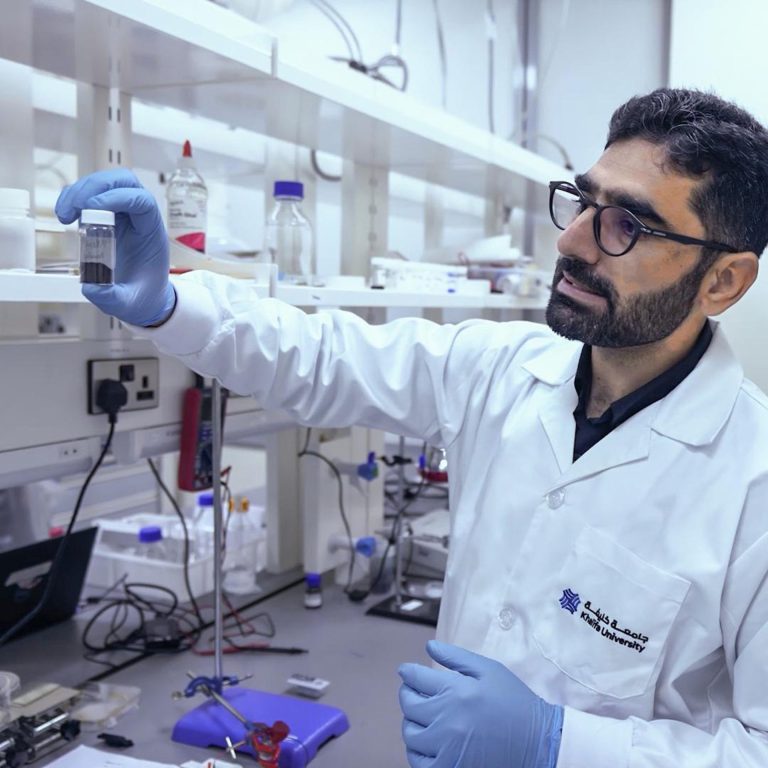Precision control comes to bendy, twisty robots
Modeling the motion of robots with soft and rigid components opens the door to applications in dynamic and unstructured environments.
Robots made from rigid materials boast impressive strength, whereas robots made from soft materials excel in flexibility. But what if we could merge the best of both worlds? A hybrid robot that’s both strong and flexible would have the edge in many everyday applications, such as picking fruit or robot surgery.
Predicting the motion of these dual-material robots, however, is not straightforward. While existing computer algorithms expertly control the limited movements of rigid robots, extending these rules to robots with soft components that can bend and twist in countless ways presents a challenge.
Now, a team led by Anup Teejo Mathew and Federico Renda, mechanical engineers at Khalifa University, has reported a model that can simulate and precisely control rigid-soft hybrid robots. “Efficient simulation is essential for real-time control, planning, and design of advanced robots,” says Mathew. “Fast and accurate robotic simulation is also critical for training and data generation to support machine learning and AI in the future.”
Extending existing models for rigid-body robots, the two engineers derived mathematical formulations for the static and dynamic behavior of hybrids. Building on this, they developed algorithms capable of quickly and efficiently computing their motion. The approach was then tested on a range of hybrid robots, including an octopus arm reaching out and an underwater soft-rigid robot with flagella that deform in a spiral manner to propel it forward.
“Efficient simulation is essential for real-time control, planning, and design of advanced robots.”
Anup Teejo Mathew
Critically, the new model uses the minimum degrees of freedom; the smallest number of independent parameters needed to accurately represent an action. This allows faster and more accurate analysis than traditional ways of simulating hybrid robot movement.
The model could one day be used in clinical settings for applications that require safe and adaptive interactions between robots and humans, or in search and rescue when a robot might need to squeeze through tight gaps.
The wider goal of the researchers is to build robots that can carry out precision tasks at high speed and learn at the same time. “Our model helps bridge these needs, driving the development of adaptive and intelligent machines that are ready to operate in dynamic and unstructured environments,” says Mathew. “We are excited about the broad possibilities that this approach opens across robotics, healthcare, AI and beyond.”
Reference
Mathew, A.T., Feliu-Talegon, D., Alkayas, A.Y., Boyer, F. and Renda, F. Reduced order modeling of hybrid soft-rigid robots using global, local, and state-dependent strain parameterization. Int. J. Robot. Res., 44 (1), 129–154, 2025. | Article




